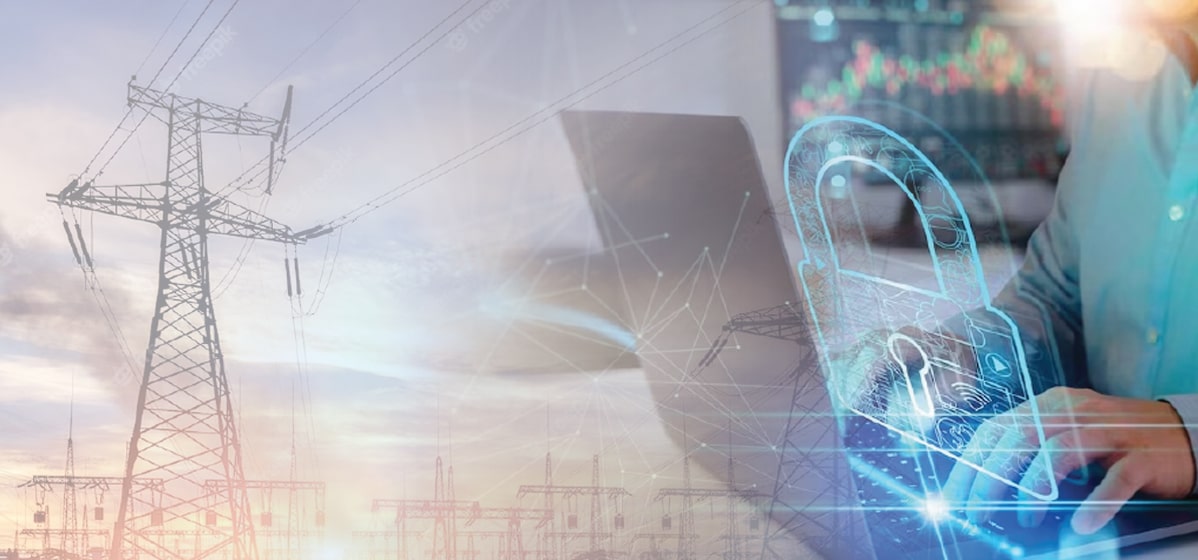Power Infrastructure is one of the critical infrastructures due to its vital role in the functioning of a nation’s economy, public safety, and overall well-being.
Power outages and disruptions can have severe consequences on businesses, individuals, and critical services.
Power sector Organizations collect and store sensitive customer information such as billing data, personal details, and consumption patterns. It also relies on various third-party vendors, suppliers, and service providers for equipment, software, and support services that could lead to unauthorized access, data breaches, or privacy violations.
Vulnerability Assessments help identify weaknesses and vulnerabilities in Power systems, including generation plants, substations, transmission and distribution networks, control systems, and communication networks.
As per Central Electricity Authority guidelines 2021, it is advised to perform the cybersecurity assessments at least once in every six months for the responsible entity.
G-scan starts with identifying and categorizing the physical and digital assets in the power sector organization through standardized documentation including comprehensive asset inventory databases, configuration management tools, and change control processes.
G-scan helps by addressing the vulnerabilities in software, hardware, and network infrastructure that can be exploited by threat actors and implement appropriate security controls with counter measures to mitigate potential cyber threats for power sector organizations.
G-scan offers the compliance with regulatory standards such as IEC 61850, IEC62443, NERC CIP & NIST framework that mandate cybersecurity measures and assessments.
G-scan proactively approach to strengthening the security posture, detect, and respond to incidents more effectively, and minimize the impact of cyber attacks on power sector organization operations.
